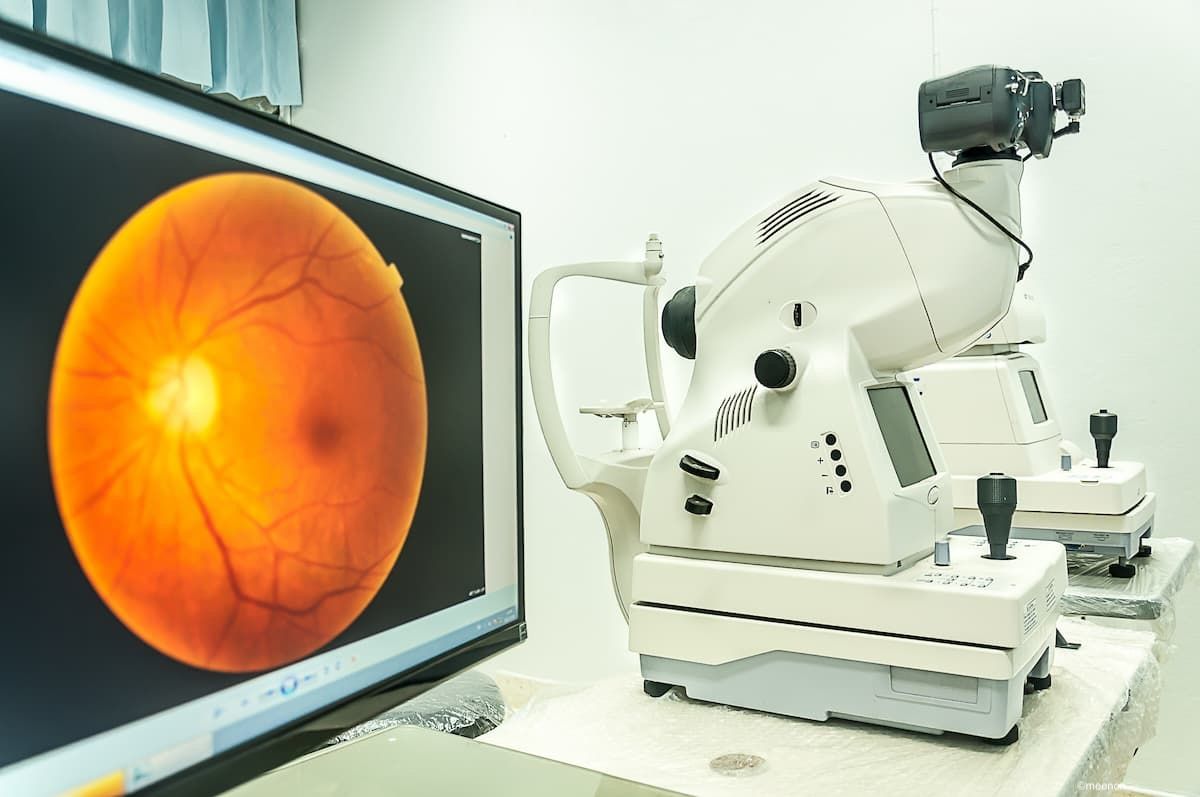Article
Real-world data: Excellent outcomes achieved with multifocal implantation
Bilateral implantation of a three-piece aspheric diffractive multifocal IOL with refractive enhancement as needed provides excellent visual outcomes for a broad range of patients seen in real-world clinical practice.

"Enhancement to correct residual errors in sphere or astigmatism increases the pool of patients that can be considered candidates for a multifocal IOL, and in my experience, LASIK enhancement is safe, well accepted by patients, and improves near and distance uncorrected visual acuity (UCVA)," said Michael G. Woodcock, MD, at the annual meeting of the American Society of Cataract and Refractive Surgery.
"As more and more surgeons report their positive experience with LASIK enhancement, multifocal IOL implantation is becoming more of a mainstream option," said Dr. Woodcock, in private practice at Carolina Vision Center, Fayetteville, NC. He analyzed results from 109 patients with the multifocal IOL implanted bilaterally after it became commercially available. The patients ranged in age from 45 to 83 years, had up to 3.5 D of corneal astigmatism, and spherical errors ranging from –8 to +4 D. Enhancement with either LASIK or a limbal relaxing incision was performed in 10% of eyes.
Within his postFDA cohort there were numerous diabetics and eyes with astigmatism >1 D, 12 patients who had previous refractive surgery (LASIK, conductive keratoplasty, or radial keratotomy), and two with pseudophakia who wanted an IOL technology upgrade. The population also included a patient with premacular fibrosis, two with mild amblyopia (best-corrected visual acuity 20/30), and three with such poor vision in one eye that they were considered monocularly blind. He compared the binocular UCVA outcomes from his cohort of 109 patients against those achieved in his subset of 25 patients who were enrolled in the ZMA00 FDA study. Data showed that with the opportunity to perform enhancements, UCVA outcomes for distance and near were superior in the postFDA cohort even though they represented a more challenging group.





